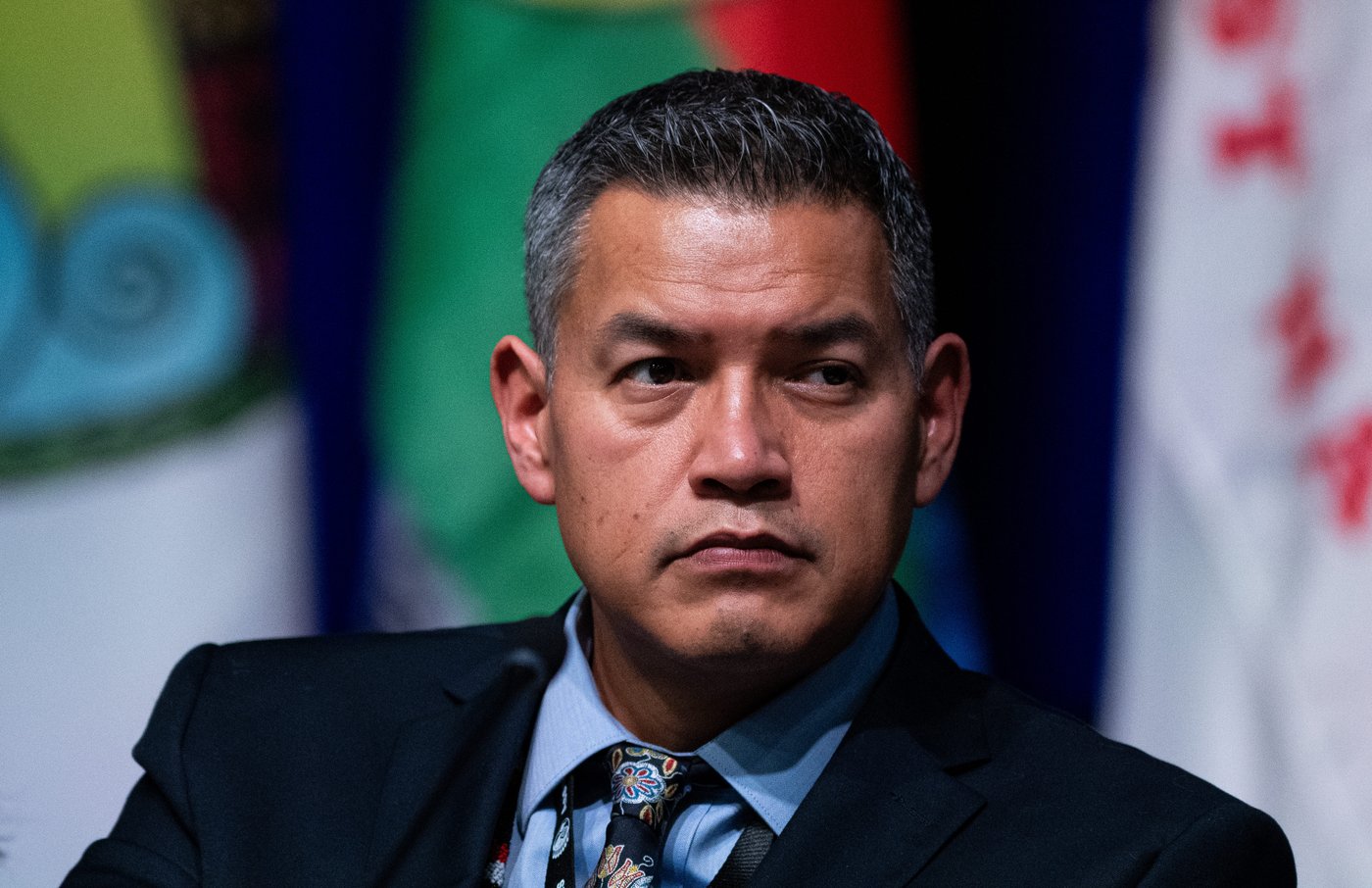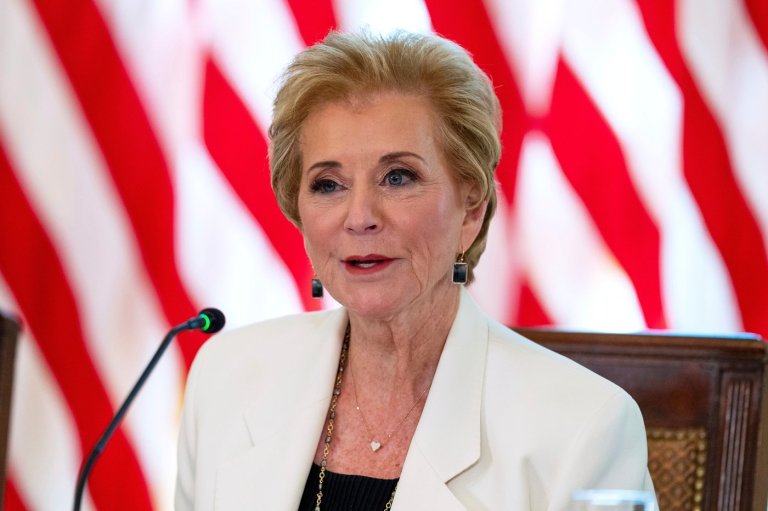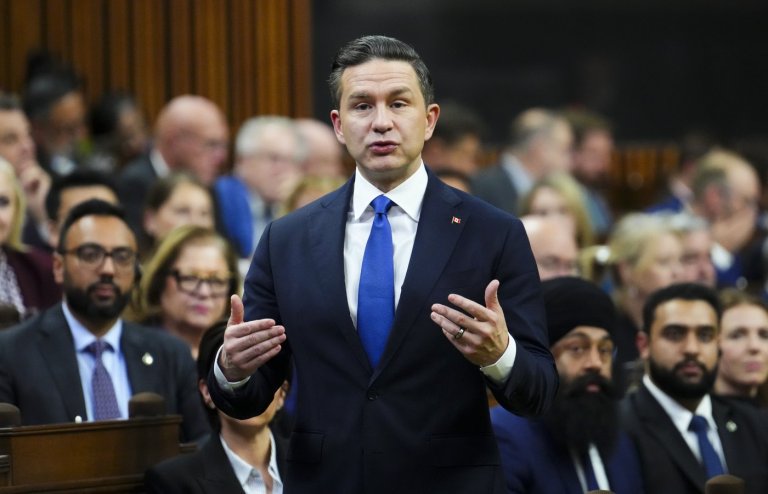Ottawa’s new climate strategy being developed ‘behind closed doors,’ AFN says

OTTAWA — Ottawa’s new climate competitiveness strategy is being developed “behind closed doors,” without input from First Nations, an Assembly of First Nations leader charged at a parliamentary committee meeting on Thursday.
Speaking at the House of Commons environment committee Prince Edward Island regional chief Wendell LaBobe said the government’s renewed focus on economic security could see it backslide on its climate commitments and its commitment to reconciliation.
“This is a serious concern given the state of climate emergency we are currently facing, as well as Canadians’ history of making and then missing emission reduction targets,” LaBobe told the committee in his opening remarks.
“The government’s new climate competitiveness strategy is being developed behind closed doors, reporting to focus on outcomes not objectives and technological solutions. Not only does this represent a shift away from the existing targets but it also neglects the long-standing call from First Nations that climate policy must be done in direct partnership with First Nations rights and title holders.”
LaBobe told the committee this isn’t the first time the government has developed climate policy without First Nations input, citing the 2050 net zero plan and Canada’s 2030 and 2035 emissions reduction targets.
The climate competitiveness strategy, to be released with the federal budget on Nov. 4, is expected to mark a shift in Canada’s approach to climate policy.
Prime Minister Mark Carney has said his approach prioritizes results over targets and emphasizes the economy, while he and his ministers have dodged questions on whether the government is still committed to its emissions reduction targets.
LaBobe said the government has an obligation to work on climate policy with First Nations, as set out in the United Nations Declaration on the Rights of Indigenous Peoples and the Canadian Net-Zero Emissions Accountability Act.
The Assembly of First Nations passed a resolution in 2023 urging federal, provincial and territorial governments to work to reduce Canada’s emissions to 60 per cent below 2010 levels.
But Canada’s own target of reducing emissions by 40 per cent below 2005 levels by 2030 seems increasingly out of reach.
Several recent reports have said Canada is nowhere near being on track to meet its goal under the Paris climate pact, which is not legally binding. Currently, Canada’s emissions are about 8.5 per cent below what they were in 2005.
This report by The Canadian Press was first published Oct. 30, 2025.
Join the Conversation!
Want to share your thoughts, add context, or connect with others in your community?
You must be logged in to post a comment.


















